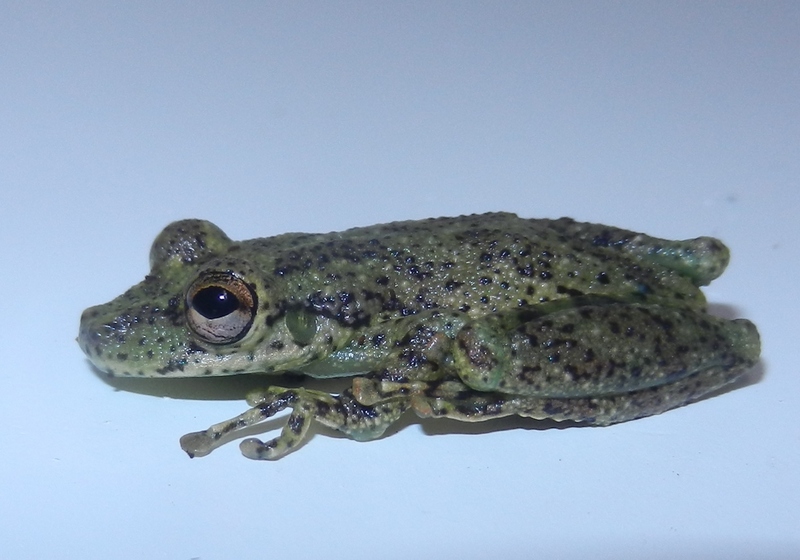|
| Query: frog | Result: 1293rd of 2272 | |
Scinax funereus
| Subject: | Scinax funereus
| | Poster: | Wiki Photos (---@---.---)
| |

| Resolution: 1645x1151
File Size: 600528 Bytes
Date: 2012:07:29 14:18:57
Camera: COOLPIX S9100 (NIKON)
F number: f/7.2
Exposure: 10/500 sec
Focal Length: 51/10
Upload Date: 2017:02:24 17:50:25
|
Description
Español: Scinax funereus en el Manu Learning Centre, Madre de Dios, Perú.
English: Scinax funereus at the Manu Learning Centre, Madre de Dios region, Peru.
Date 18 July 2013
Author Erfil https://commons.wikimedia.org/wiki/User:Erfil
Source: https://commons.wikimedia.org/wiki/File:Scinax_funereus_Peru1.JPG
Scinax funereus is a species of frog in the Hylidae family. It is found in Brazil, Ecuador, Peru, and possibly Bolivia. Its natural habitats are subtropical or tropical moist lowland forests, intermittent freshwater marshes, rural gardens, and heavily degraded former forest. Order: Anura, Family: Hylidae, Genus: Scinax, Species: Scinax funereus (Cope, 1874).
Synonyms:
Hyla depressiceps Boulenger, 1882
Hyla rubra ssp. inconspicua Melin, 1941 |
^o^
Animal Pictures Archive for smart phones
^o^
|
|

